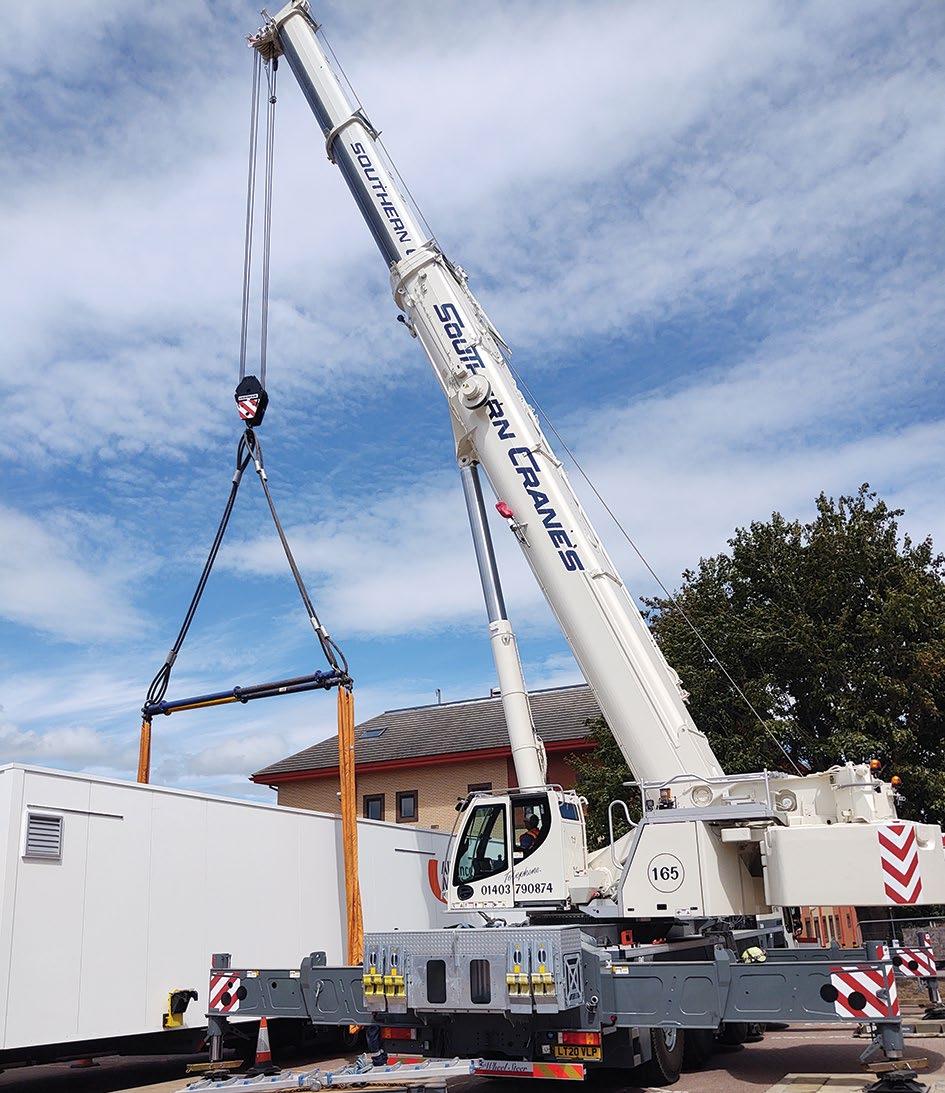
2 minute read
Comment

Publisher Leigh Sparrow
Will electric power be the future?
The past month has been an eventful one for new all-electric machines with JCB, Haulotte, Sarens, Zoomlion, Aichi, Sinoboom and LGMG, all announcing new models, while Genie unveiled its E-Drive scissor lifts. And we can expect further developments in the coming weeks.
When it comes to aerial work platforms, the majority of units have been either electric or hybrid for some time - small scissor lifts have always been so - but boom lifts are following suit, while truck and van mounted lifts are increasingly hybrid powered with electric platforms and diesel chassis. The stage is now set for telehandlers to go the same way, and with JCB banging the drum, uptake and demand is bound to gather pace.
Cranes are a bigger challenge, although most tower cranes are already electric, while Zoomlion launched a 25 tonne all electric truck crane earlier this year, the Spierings City Boy was hybrid from the start and Liebherr now offers a plug-in option for its MK self-erecting mobile tower cranes. An interesting development this month was Sarens launch of the 1,650 tonne SGC-90 heavy lift crane – so obvious an application that one wonders why it took so long?
But in spite of all this activity, do we really think that electric powered cars and machinery are the ultimate solution to replace the internal combustion engine? When I posted the all-electric JCB story on social media, the cynicism displayed in most comments suggested not. And they may well have a point. The infrastructure is simply not being built fast enough in most countries for stress free recharging or even to provide sufficient mains power for the expected explosion in demand if we are to meet the latest emission targets. All those cars, vans, trucks, construction equipment and homes will take a lot of power and bringing it online takes time and much planning. Then there is the question of manufacturing and recycling all those lithium batteries – but that is another subject. So what’s the alternative? Ever cleaner internal combustion engines will help a little in the short term, while hydrogen seems both expensive to produce cleanly and a challenge to handle.
It is hard to second guess what will power our equipment in 30 years’ time, however electric – whether battery or mains – seems the best bet at the moment. Take a look at the article on page 24 - the installation of a fusion reactor – part of a multinational effort to commercialise the technology. But in the same feature we also highlight the ongoing growth of new coal power stations.
Who knows - Perhaps small fusion reactors will power our homes and vehicles in 2050? Either that or the climate changes to the point where we all live with intense sun and constant winds – providing us with an abundance of sustainable power, but a planet that struggles to support life as we know it. In the meantime, I am betting on the innovative human spirit to overcome the obstacles that challenge a rapid conversion to electric powered machinery.
Leigh Sparrow
Comment and feedback is most welcome via post, email, fax or phone stating if we may publish them or not: editor@vertikal.net










